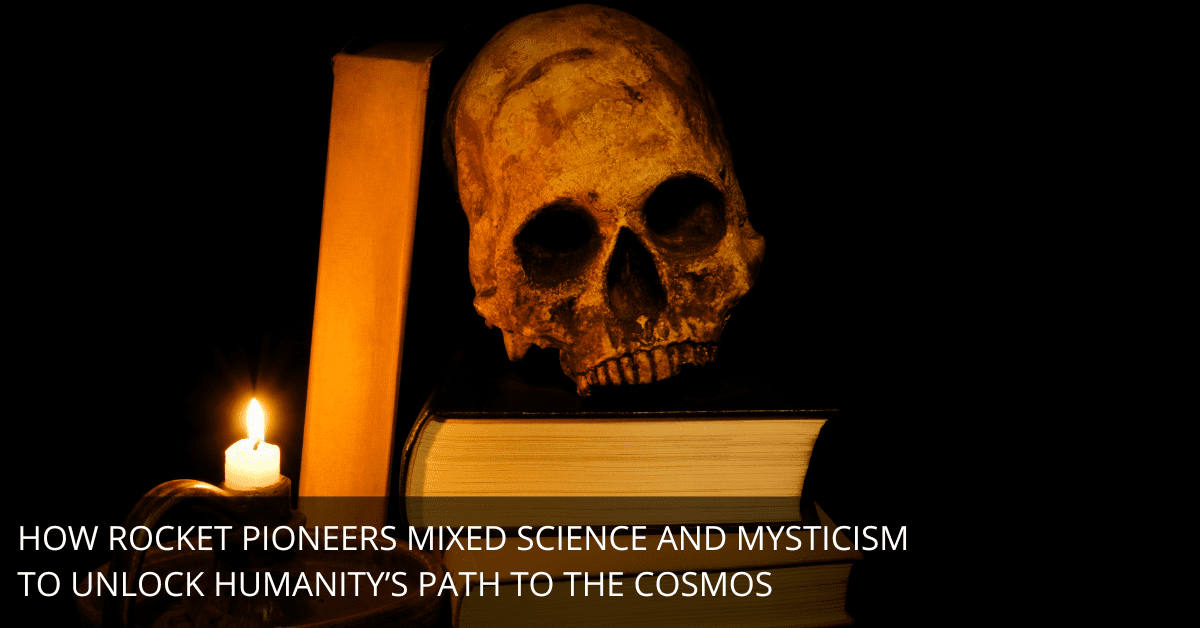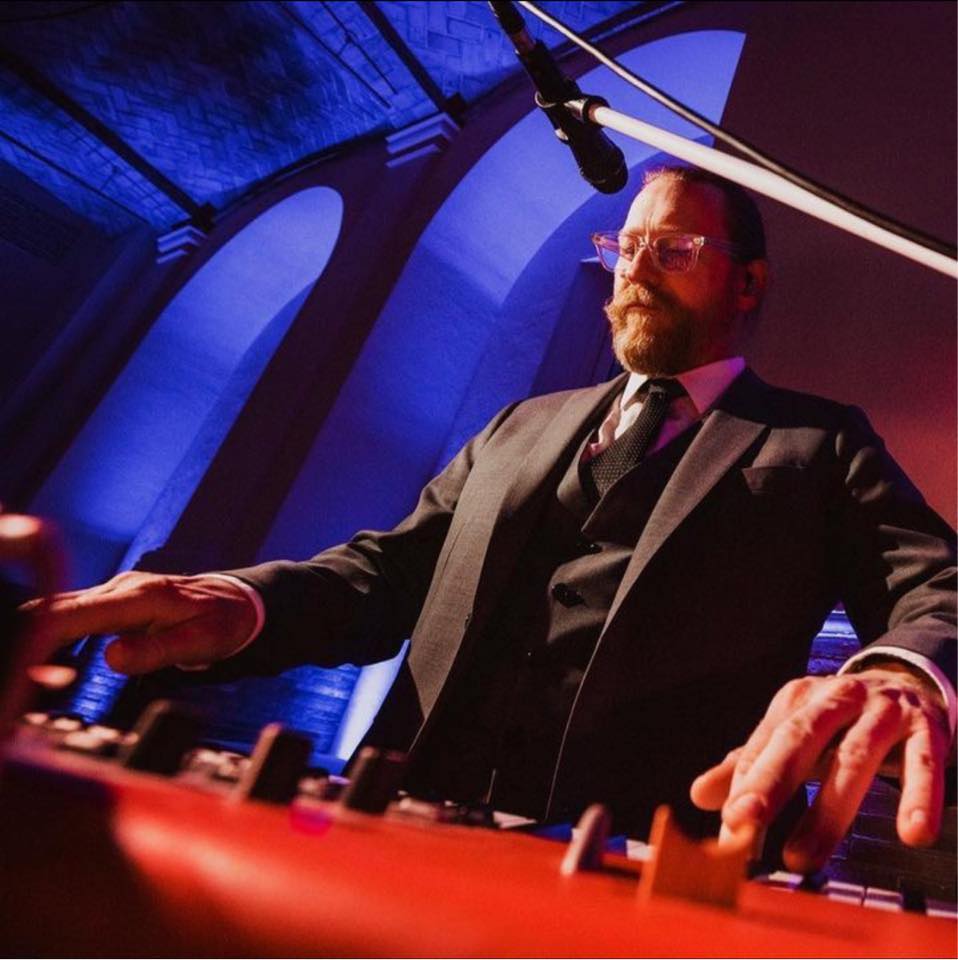
The Occult Origins of the Space Race: What They Mean for Science, UFOs, and You
When you think about the space race, what comes to mind? Neil Armstrong’s iconic moon landing? The intense Cold War rivalry between the U.S. and the Soviet Union? Probably.
But here’s something you might not know: Occult practices and esoteric philosophies were deeply entwined with the early days of space exploration.
Yep. Occultism. Rituals. Mysticism.
And it wasn’t just fringe theorists whispering into the void. We’re talking about some of the most brilliant minds behind the rockets that got us to space, who believed their work wasn’t just science—it was a spiritual quest.
Let’s break this down, explore what it means, and figure out how to connect these dots in ways that make sense for your curiosity—whether it’s about science, UFOs, or even your next creative project.
Space Science and the Occult: Strange Bedfellows
The key figures of the space race weren’t just rocket engineers. They were dreamers, mystics, and, in some cases, self-proclaimed magicians.
Take Jack Parsons, the man who helped invent the solid-fuel rocket. Parsons wasn’t just a scientist but also a Thelemite—a follower of Aleister Crowley’s occult philosophy. He recited poetry to ancient gods during rocket tests, genuinely believing it helped his work.
Across the globe, Soviet philosopher Nikolai Federov had his own take. He argued that solving humanity’s biggest problems—like death—required both science and spiritual transformation. He saw space exploration as a key to immortality.
Both men shared a belief that reaching for the stars wasn’t just technological. It was transcendent.
What’s the takeaway here? Science and spirituality might not be as separate as you think. And understanding their intersection could help unlock new ways to think about humanity’s future.
What Does This Mean for UFOs?
Here’s where things get even weirder—and more exciting.
If you’ve been following modern ufology, you’ve probably noticed a common thread: people who report UFO encounters often describe telepathic communication or other extrasensory phenomena.
Sound familiar? It should. That’s also what occult practices aim to achieve—connecting with higher intelligences through meditation, rituals, or trance states.
So, what if the tools used by mystics to connect with “higher planes” are the same tools that could help us understand UFOs?
For example, Human Initiated Contact Events (HICE) use meditation and visualization to invite UFO encounters. These techniques mirror the rituals Parsons used to seek inspiration or Federov’s belief in humanity’s evolution into super-beings.
This isn’t just a coincidence. It’s a pattern. And patterns are worth paying attention to.
The Government Knows More Than They Let On
You might be wondering: if this is all real, why don’t we hear more about it?
Here’s a little history lesson. After World War II, the U.S. recruited Nazi scientists through Operation Paperclip. Many of these scientists—including Wernher von Braun, who designed the Saturn V rocket—were deeply entrenched in occult ideology.
This connection didn’t end with Nazi Germany. Even the CIA got involved with psi phenomena like remote viewing, as seen in programs like the Stargate Project.
The takeaway? Governments have been taking these “fringe” ideas seriously for decades.
How You Can Explore This for Yourself
All of this might feel like a lot to process. But here’s the good news: you don’t need a Ph.D. in rocket science or a crystal ball to dig deeper.
Here’s how to start:
1. Dive Into the History
Understanding the origins of these ideas can give you a clearer picture of how science and spirituality overlap.
- Read Strange Angel by George Pendle for a wild ride through Jack Parsons’ life.
- Explore The Russian Cosmists by George M. Young to learn how Soviet philosophy shaped space exploration.
Even a quick Google search on “Operation Paperclip” or “Jack Parsons rituals” will blow your mind.
2. Experiment with Connection Techniques
Want to try connecting with “higher intelligences” yourself? Here’s how:
- Meditate daily: Focus on your breath, then visualize a connection with something larger—whether it’s the cosmos, a UFO, or just your own creativity.
- Keep a dream journal: Many UFO experiencers report vivid, symbolic dreams. Writing them down could reveal patterns you didn’t notice before.
You don’t need to perform a full-blown ritual like Parsons (unless you’re into that). But even these small practices can open doors to new insights.
3. Follow the Science (and the Mysticism)
You don’t have to choose between science and spirituality. Blend them.
- Study UFO phenomena through a scientific lens: Check out recent government reports on Unidentified Aerial Phenomena (UAPs).
- Pair that with the mystical side: Look into CE-5 protocols or Thelemic writings to see how these methods might overlap.
The Big Picture
Why does all of this matter?
Because it challenges how we think about progress. Space exploration isn’t just about rockets. UFOs aren’t just unidentified flying objects. And mysticism isn’t just new-age fluff.
When you combine these perspectives, you get something extraordinary: a more complete understanding of what it means to be human—and what it means to reach for the stars.
So whether you’re a scientist, a skeptic, or just someone who loves staring at the night sky, take this as an invitation. Explore. Question. Dream.
Because as Jack Parsons, Nikolai Federov, and the pioneers of the space race knew: the sky isn’t the limit. It’s just the beginning.

